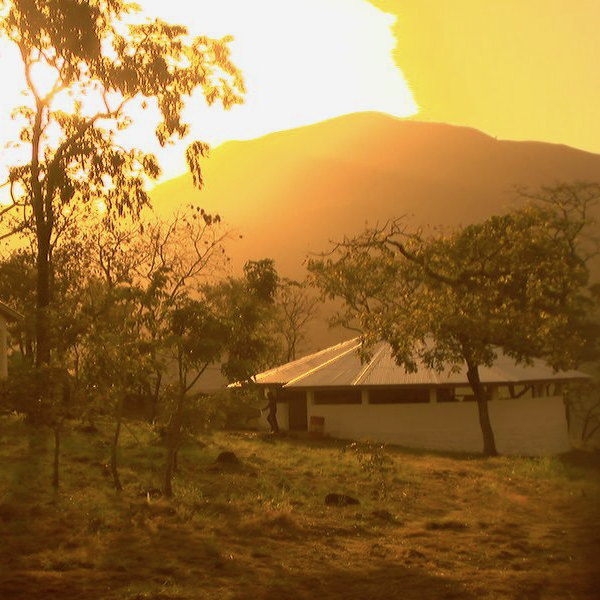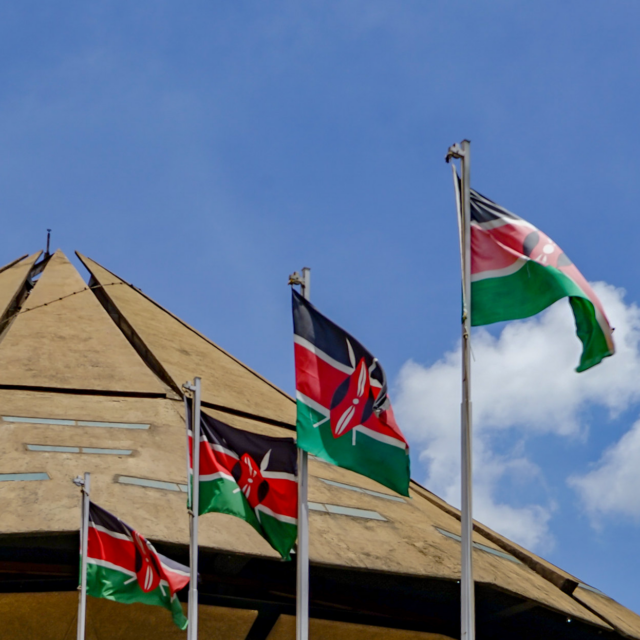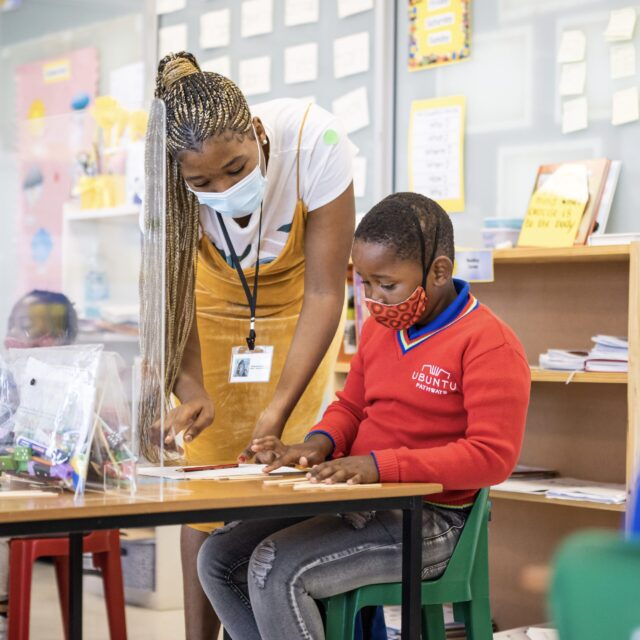Facts from our Africa COVID-19 Tracker
- Total population: 13.1 million
- Percentage of population living in poverty: 55%
- Food inflation: 12.2% (latest: 30 December 2020)
- People with insufficient food intake: 46.2% (latest: 14 Feb 2021)
- Children (under 5) with acute malnutrition: 9.2%
- Children (under 5) with chronic malnutrition: 30.3%
Economy
In terms of mineral wealth, Guinea is one of the richest countries in Africa. Nevertheless, 36.1% of the population live in poverty.. The country’s economy relies heavily on mining and agriculture. However, poor infrastructure, lack of education, and corruption prevent Guinea from utilising its natural resources to stimulate economic growth and reduce poverty.
The country is the home of the largest bauxite mines in the world, along with land rich in diamonds and gold. Bauxite, a sedimentary rock, is the world’s main source of aluminium and in 2019, Guinea exported 70 million tons of the substance. Unfortunately, the money from the lucrative mining industry does not trickle down into the hands of the Guinean people. Conversely, Human Rights Watch reports that the fast-growing mining industry is destroying farmland, covering the environment in dust and damaging essential water sources.
Public health crisis
As the world battles with the COVID-19 crisis, Guinea is facing a more complex health situation. A resurgence of Ebola is bringing a fresh wave of challenges to the country. Between 2014 and 2016 Ebola was spread to 28,600 people, causing 11,325 deaths. As of March 2021, nine deaths and multiple new cases of the deadly virus have been reported in Guinea. The WHO believes that there is a very high risk of the virus spreading throughout the country given that the origins and size of the outbreak are unknown.
The Ebola cases come not only on top of COVID-19, but alongside 50 reported instances of yellow fever near the border with Senegal. To make the health crisis even more pressing, Guinea is also battling an outbreak of measles and a spate of rapidly spreading polio. These public health issues all intersect to make Guinea a high-risk endemic country.
Food insecurity
Food insecurity in Guinea is on the rise, caused mainly by the necessary measures put in place to curb the spread of COVID-19. These measures led to limited access to market-places and caused crippling income losses to traders and casual workers. According to a recent survey on the impact of the pandemic, 73% of urban households and 71% of rural families confirm that the pandemic is affecting their diet.
The World Food Programme (WFP) estimates that 880,741 of the country’s people are food insecure because of the socioeconomic impact of COVID-19. ONE report that as of 22 March 2021, 46.2% of people in Guinea have an insufficient food intake. This number includes children under the age of 5, of which 30.3% are suffering from chronic malnutrition.
Education
Access to education in Guinea has improved due to the government’s implementation of the Education for All programme, which is designed to provide quality education to every child regardless of their social or economic background. However, UNICEF reports that poverty, the inadequate education system, and the distances between communities and schools make attendance lower than it could be. The issue is worsened as hunger affects attendance levels as children leave school to work or are too hungry to concentrate on their lessons. School meals encourage attendance and enable children to engage with lessons.
Although literacy rates are as low as 38% for adult males and 22.77% for women, the government, UNICEF, and WFP are all working towards keeping all children in school. For instance, the WFP is working to improve attendance through the provision of a programme that provides nutritious school meals to children. The programme is currently providing nutritious school meals to 2,119 children in preschools and 150,000 primary school children.
COVID-19’s impact on women and girls
During the 2014 Ebola crisis in Guinea, gender-based violence increased by 4.5%, along with twice as many rapes. The current situation in Guinea is likely to put women and girls at a high risk of violence. And as the double virus threat pushes families into poverty, girls are more at risk of forced marriage. Guinea has the ninth highest prevalence of child marriage globally, with 2% of Guinean boys and 47% of girls married before the age of 18.
Photo credit: cjlvp



